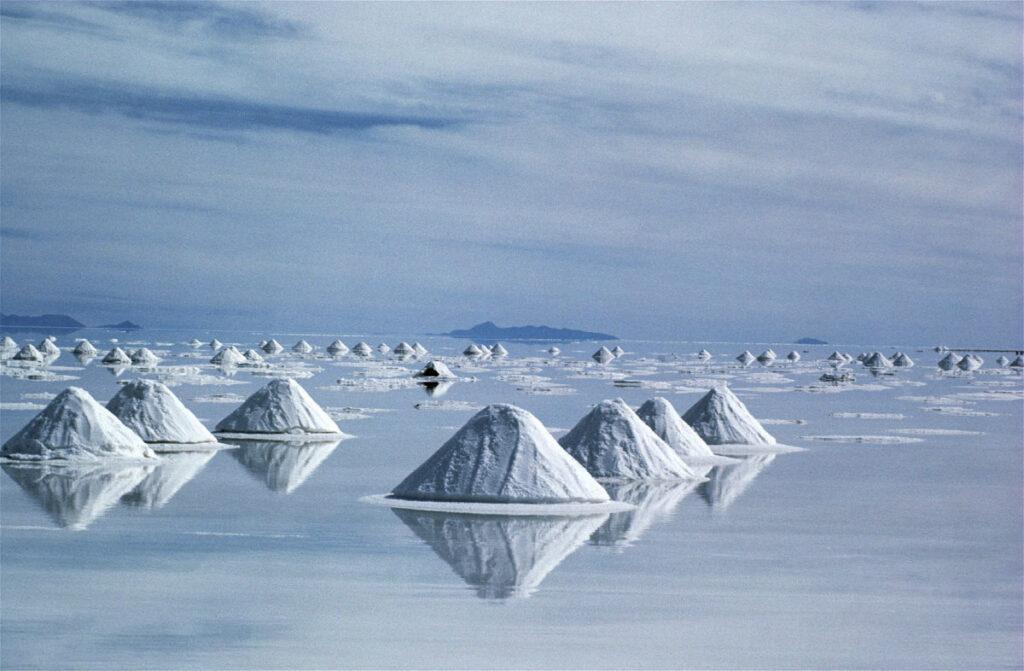[LUM#19] Picking up lithium
Light, autonomous, durable, clean and made in Europe. There are many avenues of research in the highly sought-after battery sector, which represents a nerve center for the ecological transition. The research carried out at Charles Gerhardt Institute, Montpellier1 position the laboratory well in the battery race.

What do phones, cars, MP3 players and bicycles have in common? All these objects, and many others, are battery-powered. And the essential energy contained in these little black boxes is, above all, chemistry. "In a battery, there is a positive and a negative electrode, between which ions circulate. It's the electrons linked to these ionic exchanges that provide the energy," explains Laure Monconduit.
And the ion in question is most commonly lithium. " Small, mobile and light, it's the ideal element for this application", explains the head of the ICGM Batteries team. The lithium-ion battery represented a veritable revolution, so much so that its designers were awarded the 2019 Nobel Prize in Chemistry. But the revolution is now coming up against a major challenge: materials. For some are already pointing to a lithium shortage that could loom in a few decades' time.
Recycling
How can we free ourselves from our dependence on lithium in the battery sector ? At the ICGM, a number of researchers are combining their skills to advance battery recycling. This process not only reduces the need to recover and reuse these metals, but also reduces the significant pollution generated by these elements, whose energy-intensive and water-hungry extraction represents an environmental and humanitarian disaster", explains the researcher.
While the virtuous circle of recycling is "feasible", the researcher and her team are also working on other avenues for battery development. "One of the questions at issue is whether lithium can be replaced by other ions. Other elements, which are close to lithium in the periodic table, have similar properties and can replace lithium, without compromising performance too much. Potential candidates include potassium, magnesium and calcium. But above all sodium, an element a thousand times more abundant than lithium in the Earth's crust. " Our team took part in the research to develop the first sodium-ion batteries, which are now almost in production", adds Laure Monconduit.
Energy self-sufficiency
This is a challenge that goes beyond the technological, at a time when we are concerned with energy autonomy. While the recent discovery of a lithium deposit in the Massif Central has opened the door to a future local supply, most of this mineral still comes from the main producing countries, Australia, Chile, China and Argentina. "Beyond this question of materials, we are completely dependent on Asia, which has a virtual monopoly on battery manufacturing. We have very few batteries made in France or even made in Europe, even though we're at the cutting edge in terms of research", laments Laure Monconduit.
A veritable battery race is underway the world over, and this research is particularly strategic in the context of the energy transition, "since the aim is now to store energy cleanly, without recourse to fossil fuels, which will help in the fight against global warming, alongside a collective and above all political awareness", concludes the researcher.
- ICGM (CNRS, UM, ENSCM)
︎
UM podcasts are now available on your favorite platforms (Spotify, Deezer, Apple podcasts, Amazon Music...).